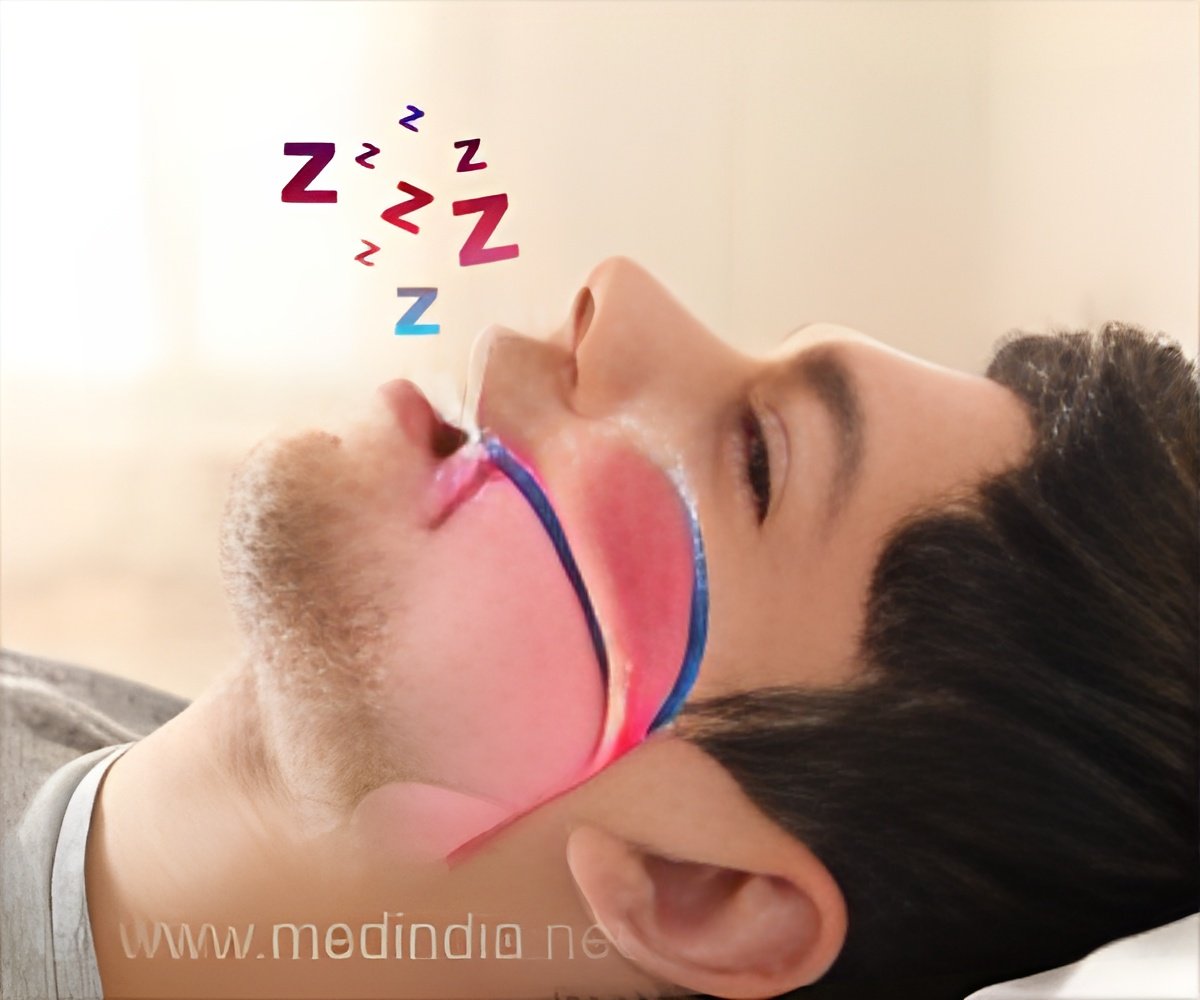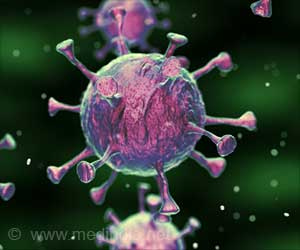The rapid evolution in personalized healthcare has driven the development of wearable biomedical devices, with microneedle sensors emerging as a prominent technology for continuous, minimally invasive biomarker monitoring.

Traditional diagnostic methods like blood sampling are invasive and provide only a snapshot of health at specific times. Wearable biomedical devices with microneedle sensors enable continuous monitoring through minimally invasive methods.
Microneedle sensors use dermal interstitial fluid (ISF) as an biofluid for continuous, painless monitoring that paves way for real time health in wearable format(1✔ ✔Trusted Source
Microneedle sensors for dermal interstitial fluid analysis
).
Advertisement
What is a Microneedle Sensor?
Microneedles are designed to penetrate just beneath the skin reaching ISF without causing significant pain, bleeding or tissue damage. Interstitial fluids (ISF) contain biomarkers similar to blood.
Microneedle sensors enable real-time monitoring of the biomarkers offering a less invasive approach than traditional blood diagnosis.
Microneedles are designed such that they are effective in monitoring, balancing depth and spacing to ensure sufficient access to ISF without pain or injury. They are made from various materials like polymers, metals and silicons.
Advertisement
How Microneedle Senses Biomarkers
Microneedle sensors employ diverse sensing strategies to detect biomarkers with ISF. These biomarkers enable transduction of biomarker concentrations into readable signals.
These microneedle sensors use 2 sensing mechanisms based on specific biomarkers targeted for monitoring, from small metabolites like glucose to large molecules such as proteins. The two mechanisms are
- Electrochemical Sensors utilize reaction to measure biomarkers through changes in electric current or potentials
- Optical sensors use fluorescence or colorimetric changes to detect biomarkers visually or through cameras ideal for point of care applications.
Advertisement
Application in Health Monitoring and Therapy
They are highly applicable to real time health monitoring and offer advantages in personalized healthcare. They can be used in monitoring application like
- Continuous glucose monitoring- They can be a good alternative for frequent finger prick tests.
- Multiplexed biomarker detection – can be used to detect multiple biomarkers simultaneously and can be used in daily health tracking.
- Drug monitoring – can be used to monitor drug levels within the body to allow for unique dosage prescriptions.
Microneedles can be used in integrated therapy like
- Closed-loop glucose-insulin management – equipped with glucose sensor and insulin delivery system offers automated real time diabetes treatment.
- Wound healing application – with anti-inflammatory agents can monitor wound healing while promoting tissue recovery.
Microneedle sensors represent a transformative advancement in healthcare with applications that can replace traditional, invasive diagnostics. With research and development the wearable biosensors can be used in managing chronic conditions and general health.
Reference:
- Microneedle sensors for dermal interstitial fluid analysis – (https:link.springer.com/article/10.1007/s44258-024-00028-0)
Source-Medindia



